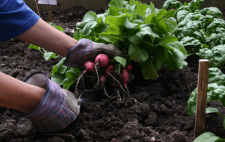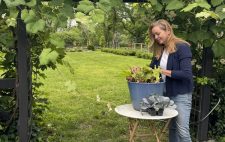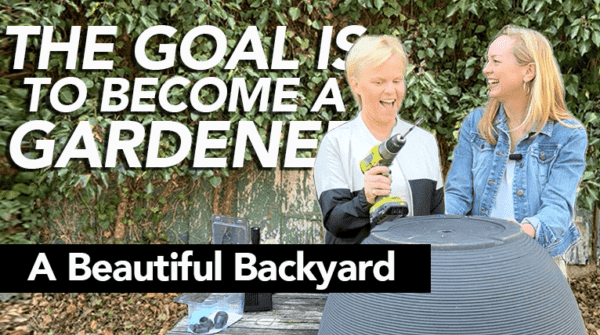That’s right, gardening season is back. Well, it actually never left. But whether you’re just getting (re)started or ramping up for the warm weather, SJ Mag’s resident gardener, Toni Farmer, has tips to set you up for success.
Check your soil
Plants love soil – healthy soil. And as time goes by, we need to check in with our soil just like we check in with our plants, says Farmer, to make sure it’s staying healthy. So before you get to planting this season, she recommends testing your soil’s pH.
“When you’re growing food, you want your soil to have a pH between 5.5 and 7.0 – most plants will thrive in that,” she says. “If it’s above or below that range, you’re going to have to do some amending to the soil before you plant.”
If your soil pH is too low, between 0 and 5.5, you’ll want to add agricultural lime to it. And if it’s too high, 7.0 and up, you’ll add aluminum sulfate. You can get both at any of your local garden centers.
Wake up your soil
It might seem like soil is particularly needy, but it’s not – trust us. It just needs a little TLC to get your gardening season started, says Farmer. And that includes adding microorganisms before your seeds start draining it of nutrients.
If you have compost, that’s excellent, says Farmer. Add it to your soil at the beginning of the season. But if you don’t have compost, you can use a biostimulator to achieve the same effect.
“We want to set up our garden for strength against dry heat and drought, instead of having to scramble when there are dry spells,” she says. “Microorganisms in the soil – which come from compost and biostimulants – help your plants access nutrients and water.”
Set up your irrigation
Speaking of dry spells, hate to break it to you, but we’re kind of already in one. But don’t panic, it doesn’t mean your garden won’t be able to thrive this season, says Farmer. It’s just time to get ahead of the problem.
“Imagine if I cut your water intake in half, you’d be scrambling for it,” she says. “It’s the same for plants. And no one wants to be standing in the 90-degree heat with a hose over the garden come August. So now is the time to set up your irrigation system.”
Farmer recommends mulching your soil to help trap moisture through the hot days, and installing a drip hose under the soil that you can turn on and let run for a certain amount of time each day instead of having to stand over your plants with the water.
Get your structures
Plants may love soil (shout out nutrients), but not every crop loves to touch it. So it’s important to get your structures ahead of time for the plants that need them, Farmer says.
For example, if you plan to plant peas, tomatoes or cucumbers, you’ll want to get a trellis. If you’re planting raspberries, pepper or eggplant, you don’t need a full trellis, but you do want some kind of structure to keep them off the ground.
“You don’t want to get the structure after you see the crop rotting on the soil,” Farmer says. “That’s what happens with these foods. If it touches the soil, it could start rotting. But if you do see it touching the ground, get it propped up asap.”















